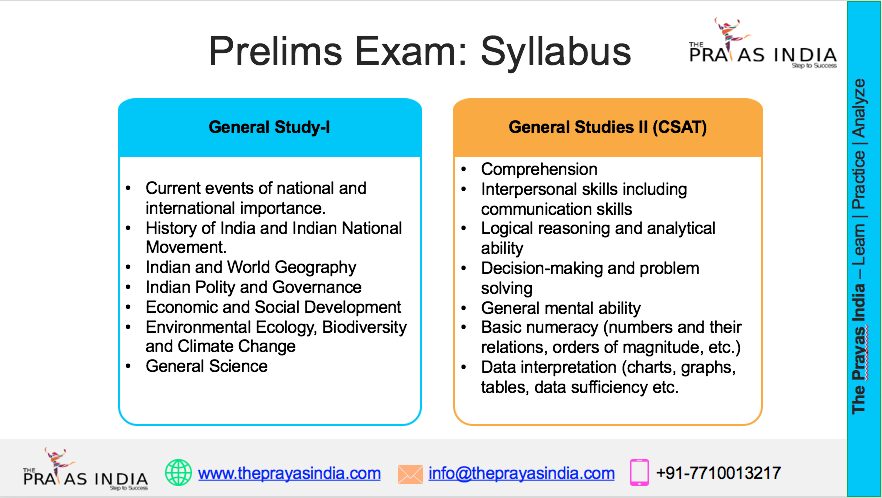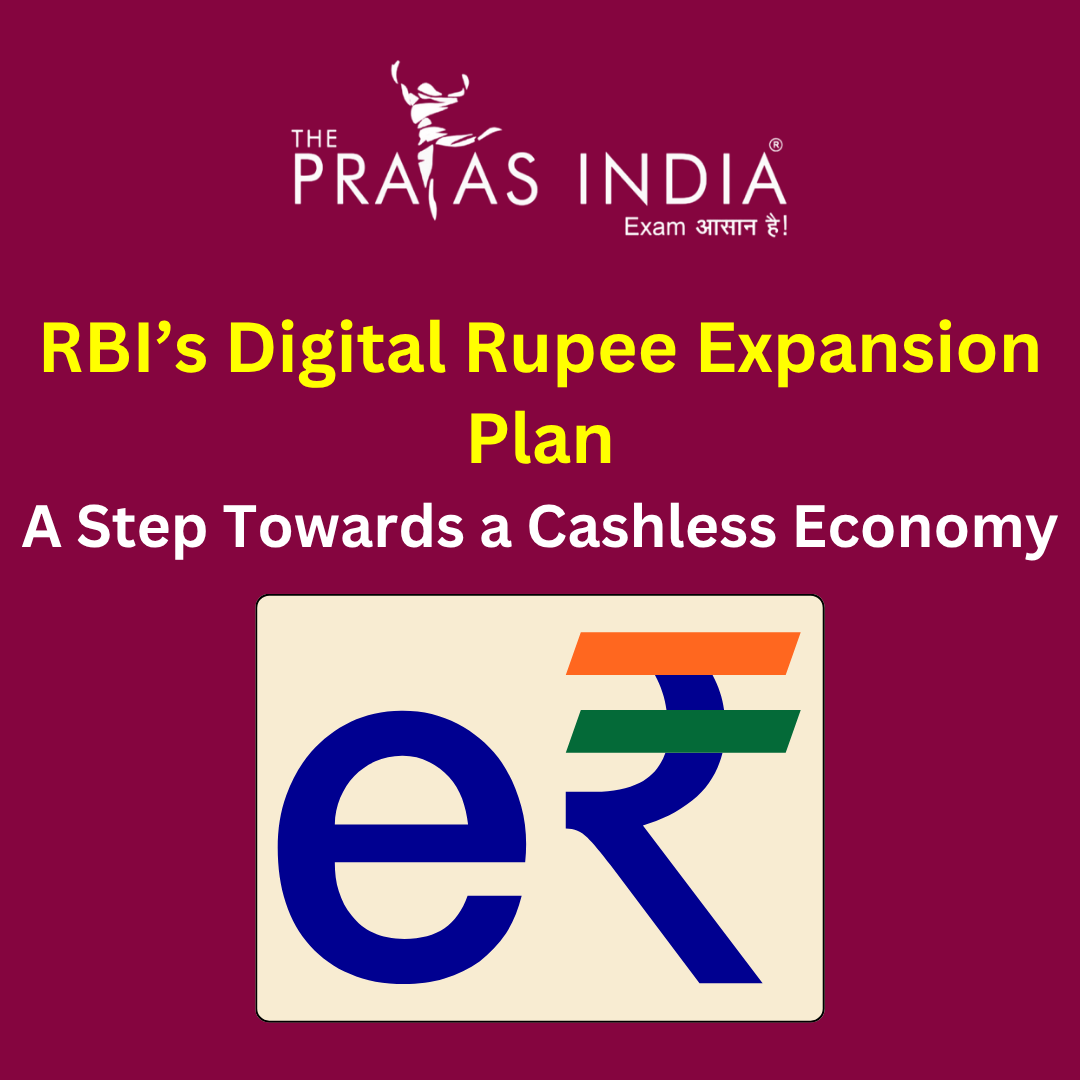RBI’s Digital Rupee Expansion Plan: A Step Towards a Cashless Economy
Introduction
The Reserve Bank of India (RBI) is actively expanding its pilot program for the Digital Rupee (e₹), India’s official Central Bank Digital Currency (CBDC). Launched in 2022–2023 for both retail and wholesale segments, the e₹ is now entering a new phase, with wider participation of banks and rollout across more states. This strategic push reflects India’s shift towards a cashless, efficient, and transparent financial ecosystem.
What is Digital Rupee (e₹)?
The Digital Rupee (CBDC) is a legal tender issued by the RBI in a digital form, similar in value to paper currency. It is designed to complement, not replace, existing physical cash.
Two Types:
- e₹-Retail (e₹-R): For public usage in daily transactions via digital wallets.
- e₹-Wholesale (e₹-W): For interbank settlements, securities transactions, and institutional use.
Latest Developments (August 2025)
- Pilot Expansion: The RBI has extended the pilot to cover more banks including private sector players and additional states.
- Interoperability: The e₹ is now being tested for interoperability with UPI platforms, enhancing its utility in everyday digital payments.
- Transaction Volume: The daily transaction volume is increasing steadily, indicating growing public adoption.
- Wallet Integration: Selected banks have enabled CBDC wallets within their mobile banking apps, simplifying access.
Why This Matters
1. Financial Inclusion
-
Enables access to digital payments in rural and underserved areas, without needing a bank account.
2. Reduced Cash Handling Costs
-
Minimises the cost of printing, distributing, and managing cash.
3. Secure and Regulated
-
Issued and regulated by the RBI, ensuring full legal backing and consumer trust.
4. Transparency and Efficiency
-
Enables real-time settlements, faster cross-border payments, and better monitoring of financial transactions.
How Is e₹ Different from UPI or Wallets?
| Feature | e₹ (CBDC) | UPI / Digital Wallets |
|---|---|---|
| Issuer | Reserve Bank of India | Banks / Private Companies |
| Legal Tender | Yes | No |
| Requires Bank Account | No (for e₹ wallets) | Yes (for UPI) |
| Settlement | Real-time with finality | Depends on bank processing time |
| Interest Earned | No | Depends on linked savings account |
Exam Relevance
✅ UPSC (Economy + GS3)
- Central Bank policy tools
- Financial inclusion and digital economy
✅ Bank Exams
- Static + Current Banking Awareness
- Digital Payment Systems
✅ SSC & RRB
- GK/Current Affairs section
- Government initiatives and schemes
Challenges Ahead
- Digital Literacy: Reaching less tech-savvy populations.
- Infrastructure: Reliable internet and mobile access are prerequisites.
- Cybersecurity: Secure platforms must be ensured to prevent digital fraud.
- Legal & Policy Framework: Regulations on privacy, data usage, and crypto competition.
Conclusion
The Digital Rupee expansion plan by the RBI marks a pivotal step in modernizing India’s monetary system. As this pilot progresses, the insights gained will shape the future of digital transactions, monetary policy, and financial governance. For aspirants of competitive exams like UPSC, Banking, SSC, and RRB, understanding this shift is crucial to stay updated with India’s evolving economic landscape.


![Prayas-लक्ष्य [UPSC CSE Target] The Prayas India](https://theprayasindia.com/wp-content/uploads/2021/08/Prayas-लक्ष्य-UPSC-CSE-Target-The-Prayas-India-300x167.png)

![Prayas Pre-भेदश [UPSC CSE Prelims Test Series] The Prayas India](https://theprayasindia.com/wp-content/uploads/2021/08/Prayas-Pre-भेदश-UPSC-CSE-Prelims-Test-Series-The-Prayas-India-300x167.png)










